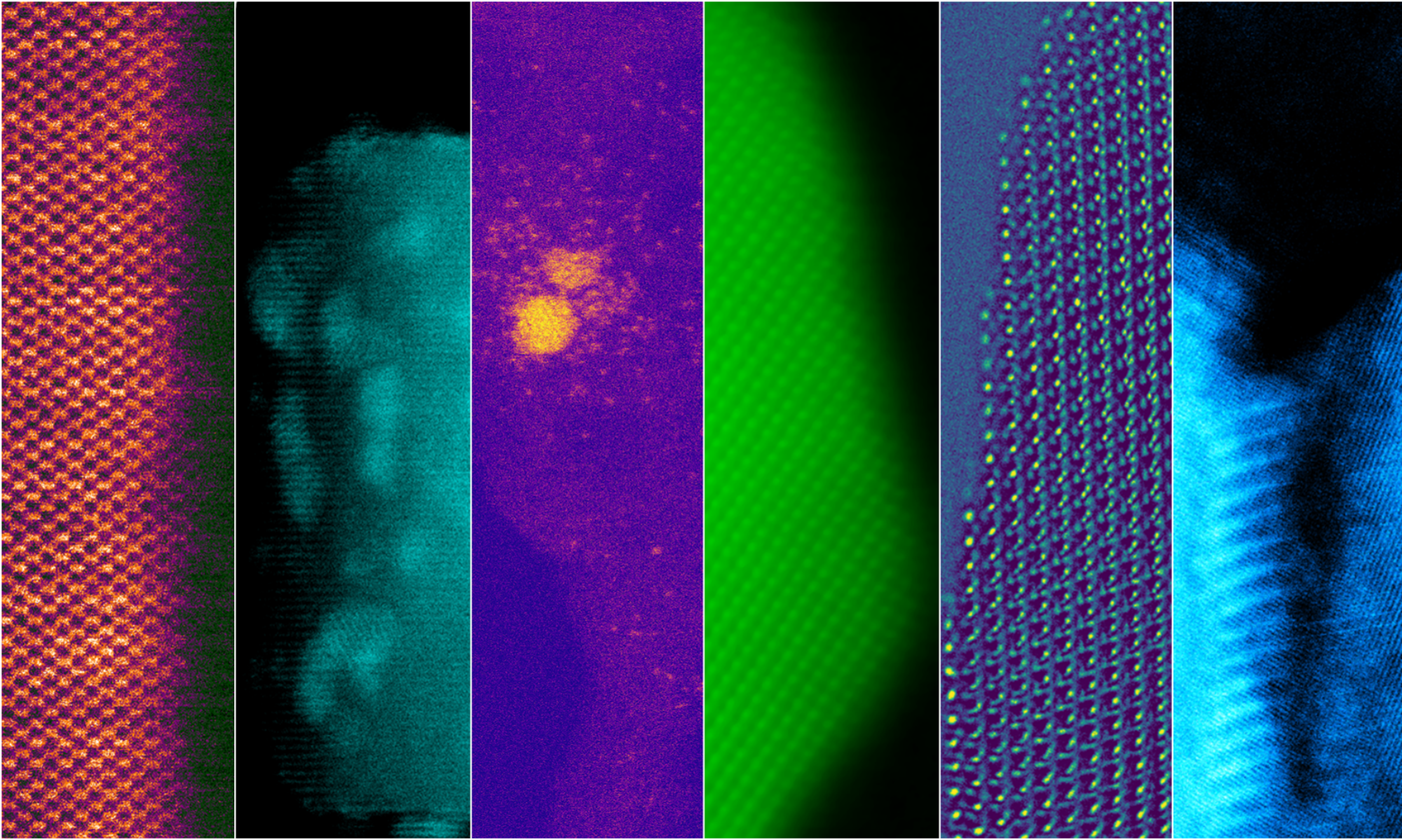Vibrational spectroscopies using infrared light, Raman scattering, neutrons, low energy electrons and inelastic electron tunneling are powerful techniques that can analyze bonding arrangements, identify chemical compounds and probe many other important properties. Infra-red and Raman techniques have become ubiquitous tools for characterizing composition, structure and chemical reactions. They provide fingerprints of functional groups and play a critical role in elucidating the many intermediates that may be formed during a reaction. The approach has been adapted for in situ and operando studies and non-linear sum frequency methods lead to enhanced surface sensitivity. There has been remarkable progress on improving the spatial resolution of a variety of optical techniques for detecting vibrational modes. For IR and Raman spectroscopy, near-field techniques have been developed that can approach resolutions of 10 nm in favorable cases. The goal for high spatial resolution vibrational spectroscopy would be the ability to perform the analysis with molecular resolution. This would provide a completely new tool for probing local structure and chemistry by, for example, allowing individual molecules to be detected and correlated with local atomic structure. This requires the combined ability to detect localized modes while performing atomic resolution imaging.
Aberration correction of the electron probe has caused the spatial resolution of the Scanning Transmission Electron Microscope (STEM) to be ultimately limited by an electron probe size of 1Å. Recent developments in monochromation of the electron source has made it possible to achieve an energy resolution of 8 meV in the STEM. This allows for vibrational signals to be detected using STEM EELS.
